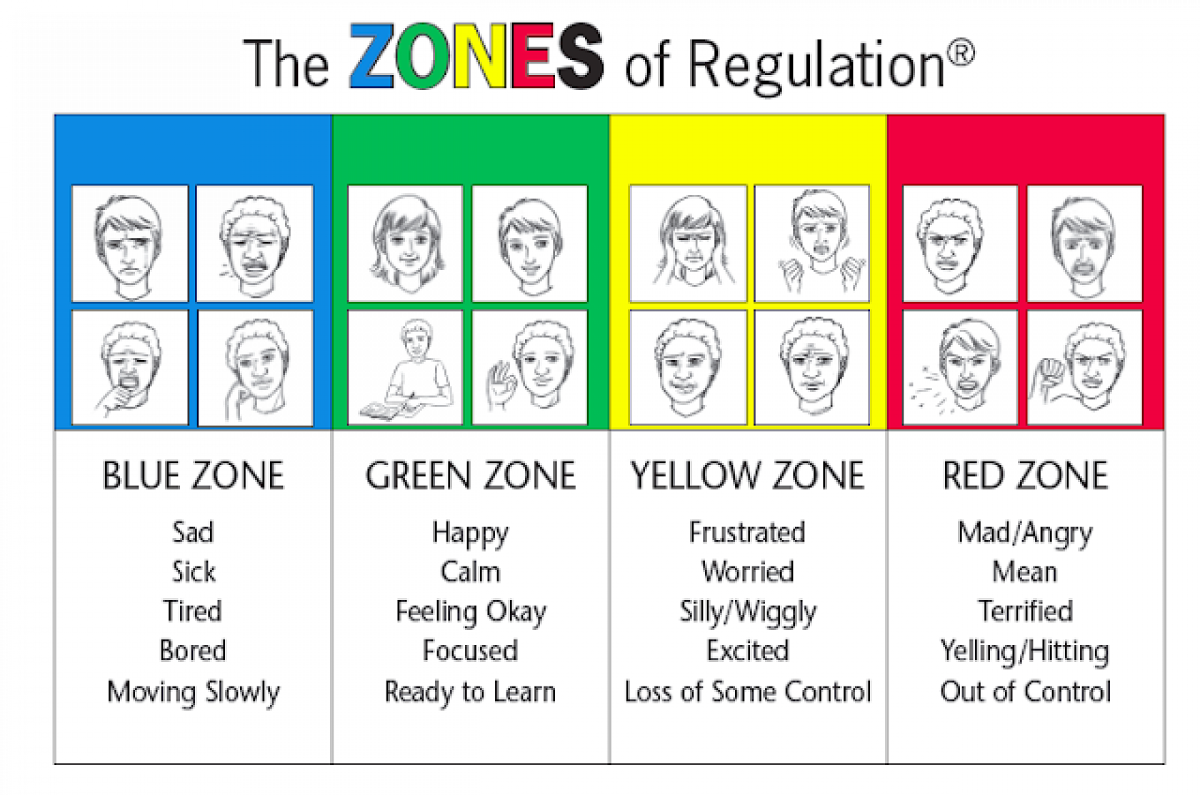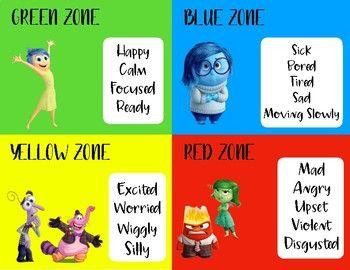'All children and young people should expect to receive an education that enables them to achieve the best possible educational and other outcomes, and become confident, able to communicate their own views and ready to make a successful transition into adulthood, whether into employment, further or higher education or training'.
SEND Code of Practice, 2015
Children with additional needs are identified through a combination of observations of the children as individuals within their classes by our experienced staff, tracking the outcomes of assessments and through discussions with parents. Our Special Educational Needs Co-ordinator (SENDCo) is Steph Ford who works with the class teachers and teaching assistants to create programmes of support that meet the needs of the child. If you wish to discuss your child's learning programme, please do not hesitate to contact your child's class teacher in the first instance and then should you require further information please contact our SENDCo.
We work with a range of external agencies to provide the best support for all our children. There are too many to list, but they include:
- Speech and Language Therapy
- Dyslexia Support Service
- Hearing Support Service
- Social Communication Difficulties Team
- Medical Professionals
Zones of Regulation (ZOR) categorises all the different ways we feel and states of alertness into four coloured zones:
1. The Red Zone is used to describe extremely heighted states of alertness and intense emotions. A person may be elated or experiencing anger, rage, devastation or terror when in the Red Zone.
2. The Yellow zone is also used to describe a heightened state of alertness and elevated emotions, however a person will have more control when they are in this zone. They may be experiencing stress, frustration, anxiety, excitement, or nervousness when in the Yellow Zone
3. The green zone is used to describe a ‘calm’ state of alertness. A person may be described as happy, focused, content or ready to learn when in the green zone This zone is where ‘optimal’ learning occurs.
4. The blue zone is used to describe low states of alertness, or ‘down’ feelings such as feeling sad, sick, tired, bored, fed up etc. In this zone, children are going to be reluctant or negative about completing work, however it is also the zone where the body has time to rest and recover.
- The 'zones' support the use of a consistent shared language to discuss emotions together.
- They are simple for children to understand.
- They support children in labelling emotions and identifying how they are feeling.
- The 'zones' help children to understand that there are no 'bad' emotions.
- Children learn healthy coping and regulation strategies which allow them to, eventually, help themselves when they lose control of their emotions, become stressed, anxious or sad.
- Typically, children who can self-regulate will turn into teens and young adults who can self-regulate.
- Understanding the emotions of others helps with empathy and friendship skills.
Talk to your child about:
- How they are feeling; help them to label and name their emotion. Identify your own feelings using 'Zones' language in front of your child (e.g. “I’m frustrated, I am in the yellow zone.”)
- Talk about their body cues when they feel each emotion. What are the physical feelings behind the emotion? (e.g. feeling butterflies in our tummy when we feel nervous or worried) Recognising emotions is the first step to regulating them.
- Discuss why they are feeling a certain way; has anything happened?
- Talk about times when you, a family member or a character from a film or book felt that way.
Key Points to remember:
- There is no ‘bad’ zone.
- Everyone experiences all of the 'zones' at different times and in different circumstances.
- We can’t change the way children feel but we can help them to manage their feelings/states and behaviours.
- You can be in more than one 'zone' at a time e.g. sad and angry.


